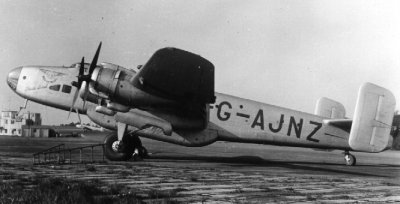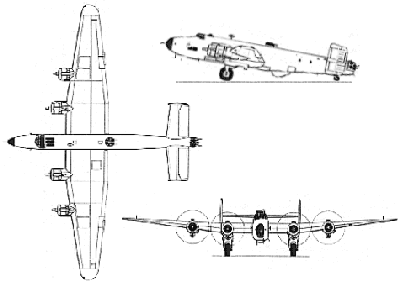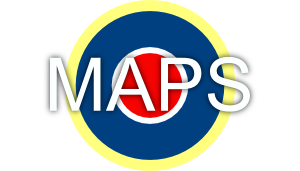Patrons:
Air Marshal Sir Ian Macfadyen
The Lieutenant Governor, His Excellency Lieutenant General Sir John Lorimer KCB DSO MBE
Aircraft Crashes on Cronk Ny Irrey Laa - Handley Page Halifax C8, G-AJNZ
John Qualtrough’s recollections
I was at school, King William's College, when we heard about the plane which crashed on 28th September 1948. Having to go to school on Saturday meant that we didn't get a chance to go up until Sunday.
 We didn't know where the crashed plane was so when we got up the hill past the corners above the Sloc we left our bikes and set off up the foggy hillside. Visibility was only about 30 yards at best, but hearing metal clanking in the wind, we followed the sound and eventually came to the upturned tail which was complete with about thirty feet of the fuselage. One wing was fairly intact; the other was broken and burned. One fuel tank had caught fire and the engines along with lots of milk churns and other bits were scattered about.
We didn't know where the crashed plane was so when we got up the hill past the corners above the Sloc we left our bikes and set off up the foggy hillside. Visibility was only about 30 yards at best, but hearing metal clanking in the wind, we followed the sound and eventually came to the upturned tail which was complete with about thirty feet of the fuselage. One wing was fairly intact; the other was broken and burned. One fuel tank had caught fire and the engines along with lots of milk churns and other bits were scattered about.
We walked up to the ridge just below the top, about 250 yards away, to the first impact point. We found various bits including the dial and parts of the compass. The impact must have ripped a good deal of the bottom out of the Halifax because the compass was up near the pilot's feet. I was interested in having a look at the plane' electronic equipment so we went back down the hill to the front end. The cockpit and nose were badly crushed but the operator's name 'World Air Freight' was still readable. It had obviously hit the top, carried on, nosed in and turned onto its back.
 We found a tunnel in the wreckage and crawled in. (We didn't think till afterwards that they must have pulled the bodies of the crew out that way!) We dragged out an R1355 radar receiver, a type 62 indicator unit and some other bits including a rotary converter (generator) which we discarded as on opening it up it had a lot of blood on it. We hid the units under some rocks with the intention of collecting them another day. I never did, but someone took them; they aren't there now. There wasn't much in the tail, just the Elsan, and a tubular steel ladder was outside. By this time the fog had lifted and some men had arrived with a lorry to take away the milk churns. I put a few bits in my haversack. One item was a section of an oxygen regulator with a large brass screw fitting which I later used to mount a lens for a home-made enlarger.
We found a tunnel in the wreckage and crawled in. (We didn't think till afterwards that they must have pulled the bodies of the crew out that way!) We dragged out an R1355 radar receiver, a type 62 indicator unit and some other bits including a rotary converter (generator) which we discarded as on opening it up it had a lot of blood on it. We hid the units under some rocks with the intention of collecting them another day. I never did, but someone took them; they aren't there now. There wasn't much in the tail, just the Elsan, and a tubular steel ladder was outside. By this time the fog had lifted and some men had arrived with a lorry to take away the milk churns. I put a few bits in my haversack. One item was a section of an oxygen regulator with a large brass screw fitting which I later used to mount a lens for a home-made enlarger.
We set off for home. I was supposed to be going to Douglas with my father to visit my grandfather who was in hospital. On the way back my friend's tyre went flat. It was the valve, and we managed to fix it with a piece of rubber insulation from some wiring we had got. I was late getting back and didn't even have time to wash my hands before getting the bus to Douglas.
Handley Page Halifax photograph by kind permission of the A.J. Jackson Collection.
